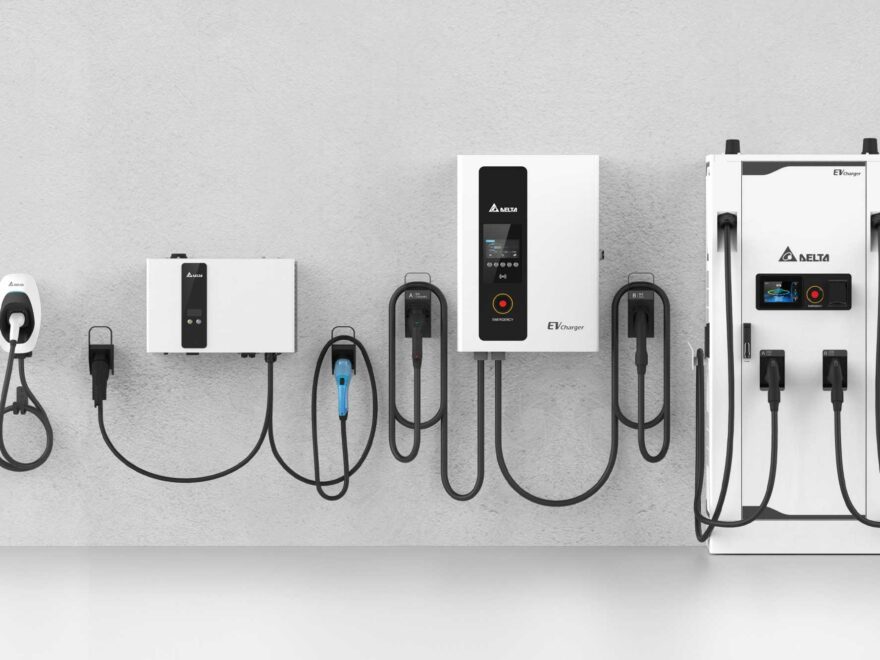Electric Vehicles (EVs) have received significant attention in recent months. Not surprisingly, with oil price increases, overseas conflict and shipping chaos, the price per litre of petrol has skyrocketed. New Zealand drivers are re-considering their options about how to get around efficiently. In this article, we look at what’s driving the growth in the global EV market, how it will impact the New Zealand market and how the local electrical industry can seize the opportunities that this revolution presents.
A common question which has driven hesitation towards EVs has been vehicle range and charging options. The reality is any decent EV will travel in excess of 300km per full charge. With regards to charging, it is estimated that 80% of EV drivers will charge their vehicle at home, plugging in their vehicle every other night to ensure a full battery the next morning.
Besides the fast, silent and enjoyable performance of an EV, they are extremely cost effective to run. Charging at home costs approximately a quarter of the cost of running a petrol car and about half the cost if charging from a commercial/public fast charger.
Electric Vehicles have changed a lot in recent years – they have become far more practical, they now have strong range, are fast and technologically superior to traditional vehicles. Some forward-thinking automotive manufacturers are re-directing much of their R&D investment into EVs, which will result in a surge of upcoming electric products.
EV global expansion and the New Zealand market
Automotive manufacturers are investing in EVs for a number of reasons, but one of the largest influencing factors will be their ability (or lack thereof) to sell combustion cars in the future. For example, the EU recently announced that there will be a ban on the sale of new petrol/diesel vehicles from 2035. This will also come into effect closer to home. There are already more than 30 countries, cities and states which will implement a ban on combustion vehicles, which will drive significant investment from automotive brands in preparation. The New Zealand government has also put in place several policies in place which is driving the uptake of EVs. Companies are also looking at ways to improve their carbon footprint and be more sustainable. These will also drive further uptake of EVs.
AC versus DC charging
Charging an EV can occur through AC or DC Charging. EV batteries only accept DC charge, and seeing as the grid only delivers AC current, a conversion needs to occur.
A charger such as the Delta AC Max 22kW receives AC current and sends that AC current directly to the vehicle. The vehicle converts the current through an on-board rectifier in the boot, which converts the power to DC. Due to the size and weight of the on-board rectifier, these are usually rated at about 11kW. Its important to note that the charger might be able to deliver up-to 22kW, but the vehicle is the bottle neck in this regard due to its 11kW rectifier.
A DC charger – such as the Delta DC Wallbox 25kW – does the AC to DC conversion on the charger. The current enters the vehicle as DC, by-passing the on-board rectifier and the full 25kW can potentially be delivered to the battery. In this scenario there is no limitation by the charger or vehicle – they are both running at optimum capacity. DC charging is usually much faster with many vehicles able to accept over 100kW.
DC chargers are available in a range of speeds, and NHP is able to support projects from 25kW right through to 200kW for ultra-fast performance.
The EV revolution is here, and we are at the dawn of a new transport era which will provide the electrical industry significant opportunities for decades to come.
For more information, go to nhpnz.co.nz/ev or contact your local Powerbase Branch.


